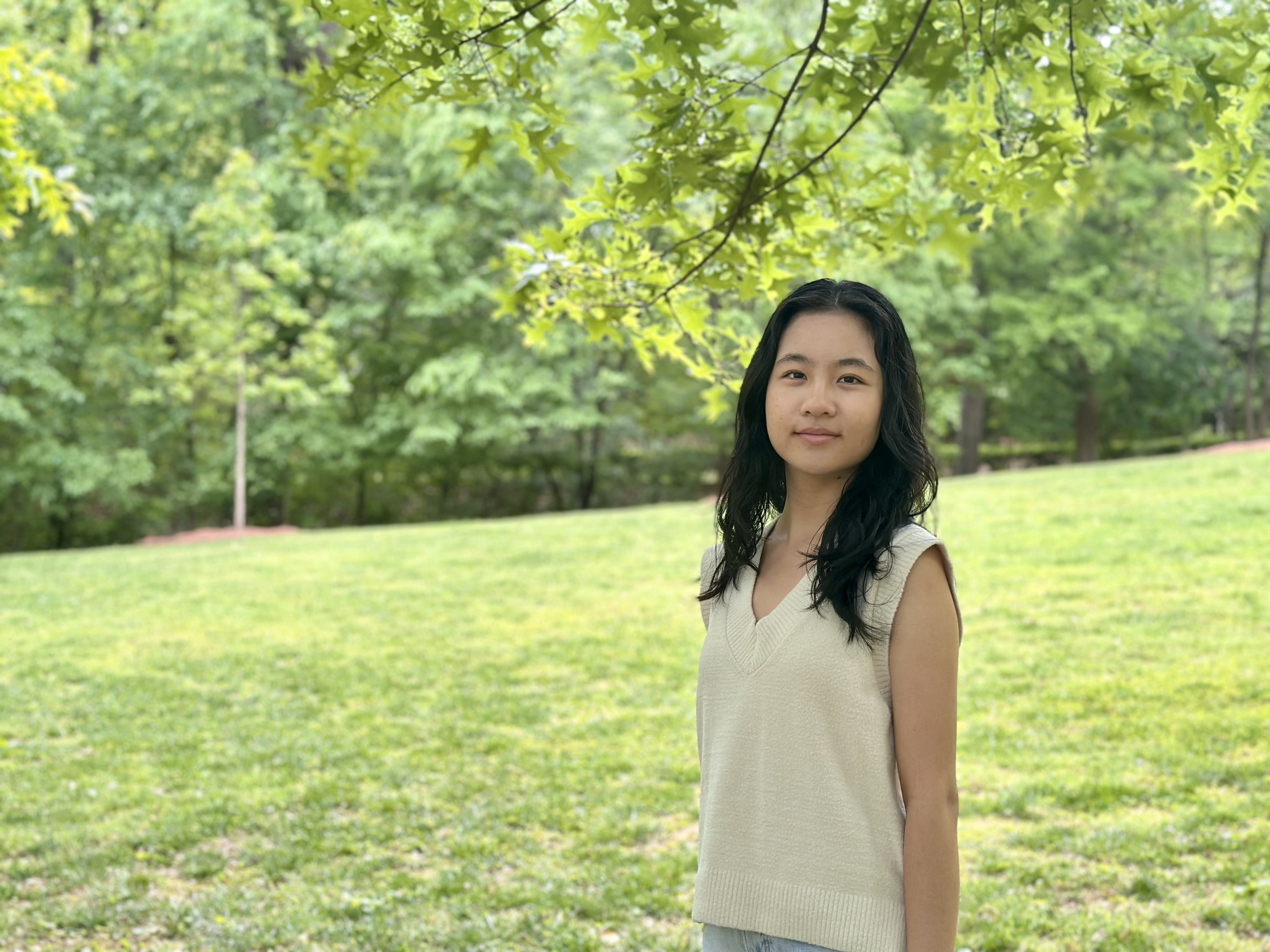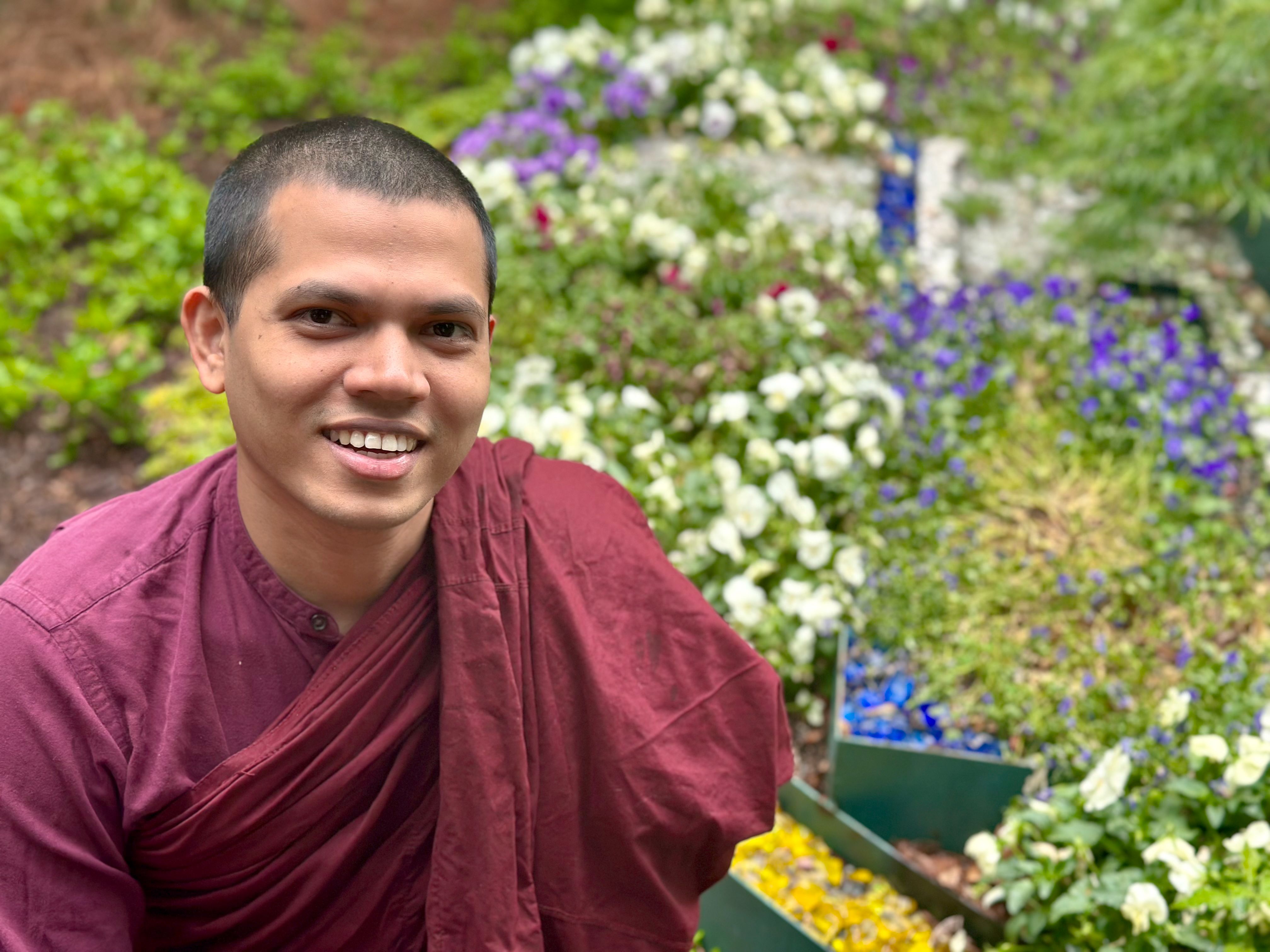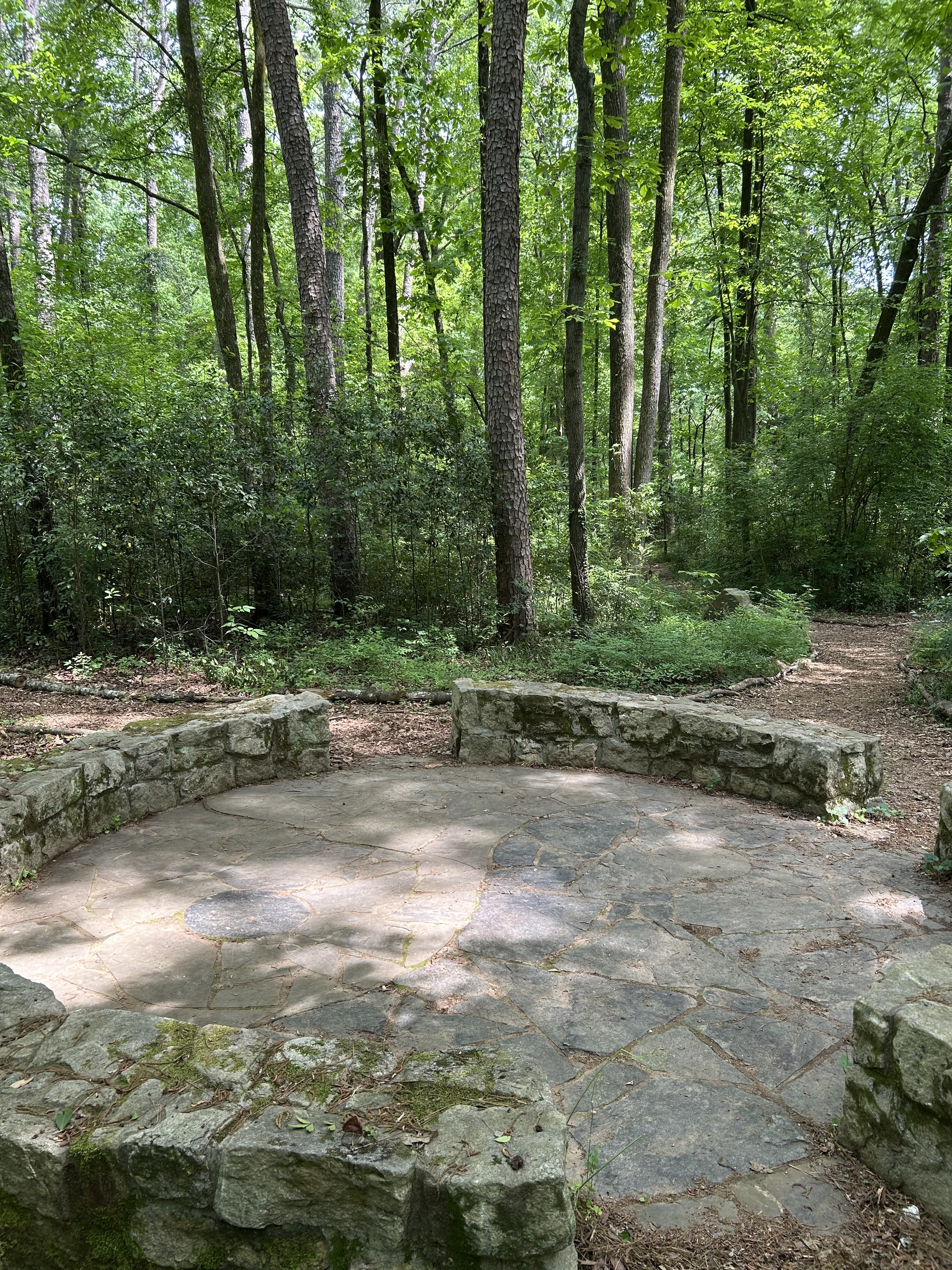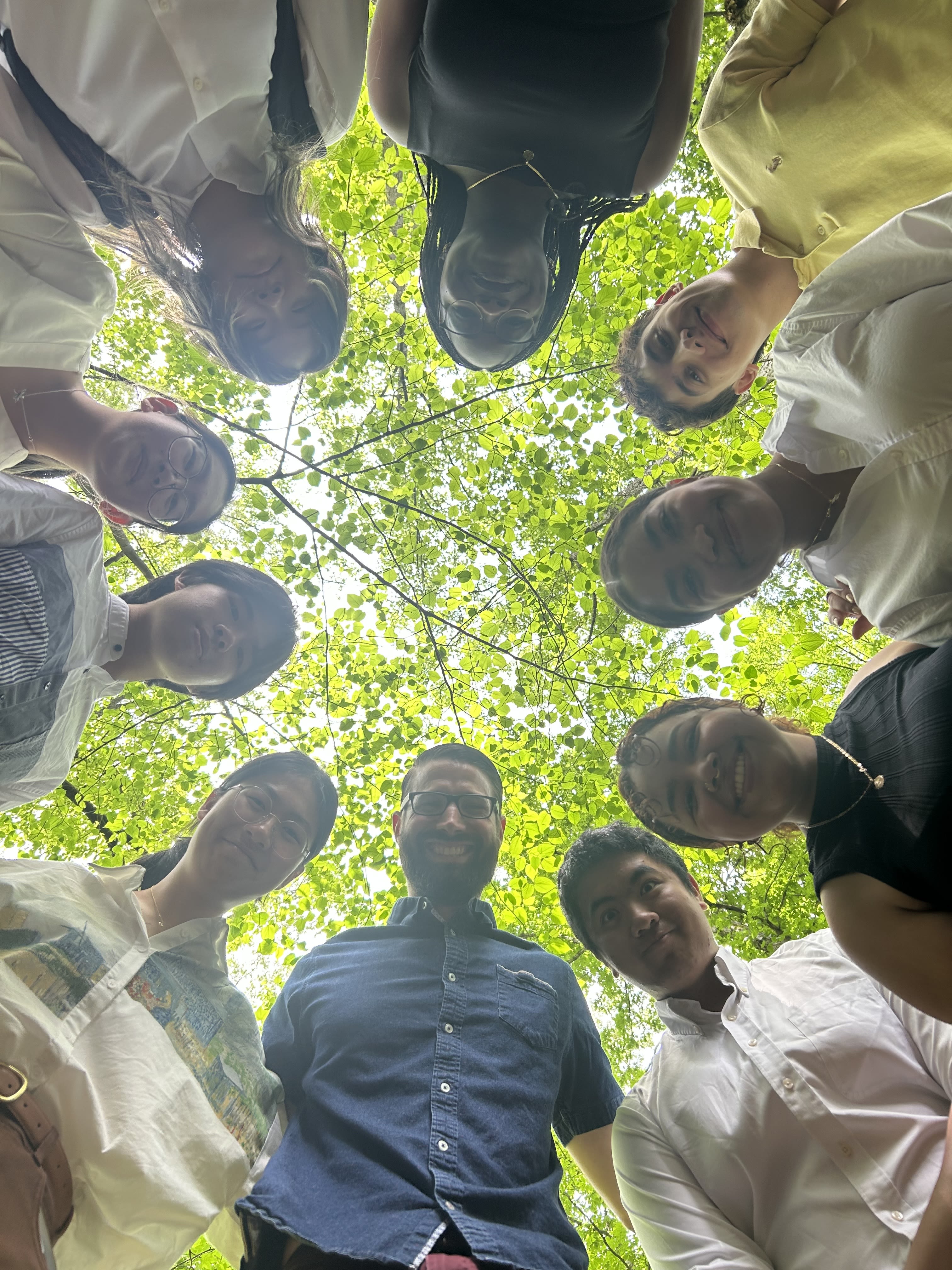Contemplative corners on campus:
A guide to restorative spaces
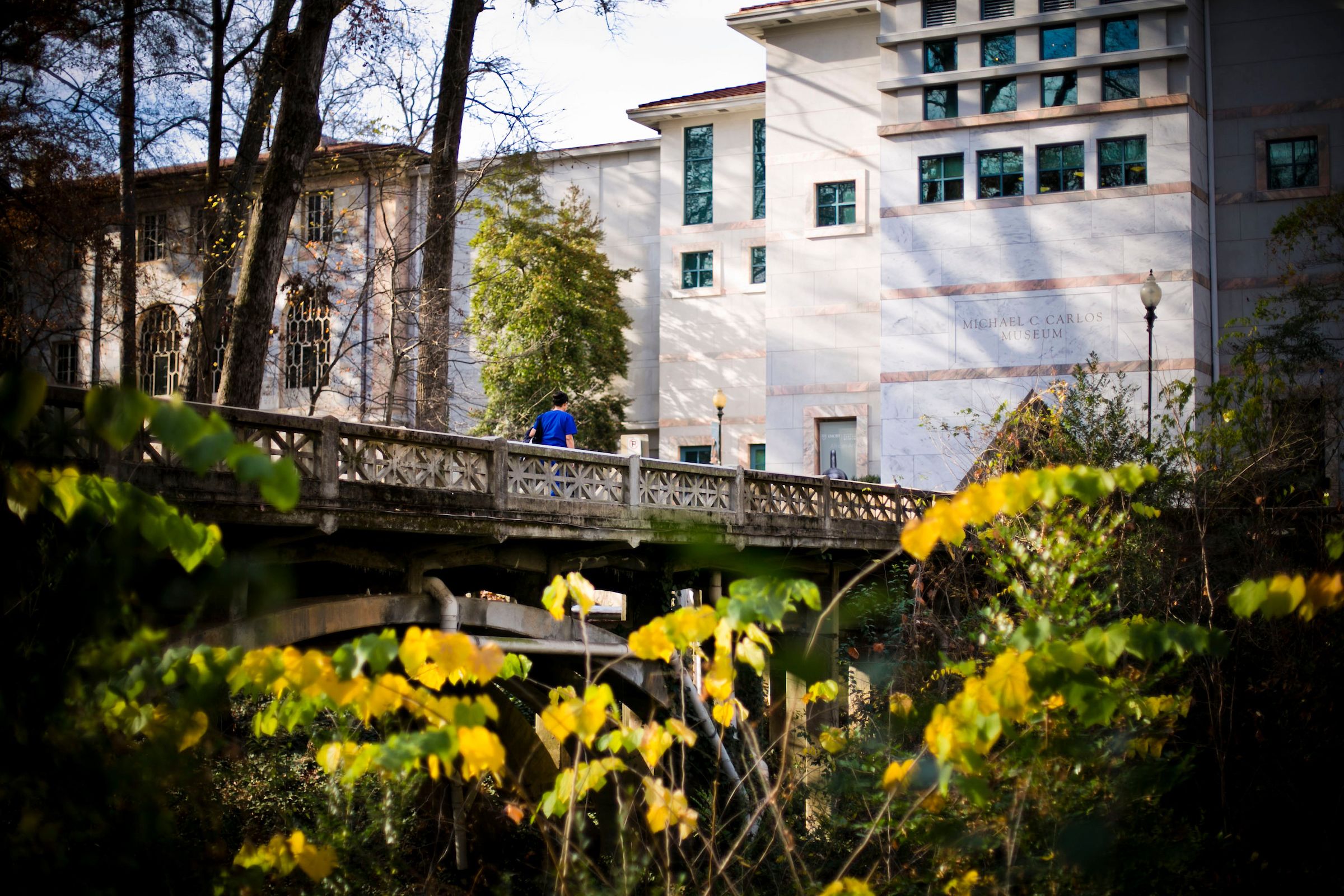
Contemplative corners on campus: A guide to restorative spaces

The medical doctor and the Buddhist chaplain have the same advice. When your mind is overrun with responsibilities — as can happen on a college campus near semester’s end — find a quiet space and focus on your breath.
“In the traditional Buddhist sense, the advice is to find the root of a tree, or a quiet spot or an empty hut,” says the Venerable Priya Sraman, Emory’s Buddhist chaplain. “You cross your legs, sit down and try to gather yourself.”
Then you breathe.
Sharon Bergquist, director of the Emory Lifestyle Medicine and Wellness program and associate professor at the School of Medicine, is an expert on stress management. Her recent book “The Stress Paradox” explores how to modulate the pressures of everyday life through a clinical and biological lens.
“Sometimes we think of our health as isolated to what happens in our body, but really our health is how we interact with our environment,” she says. “Our environment directly affects us, and it impacts our behavior.”
With finals underway, Sraman suggests making a wellness plan. That includes thinking about spaces to recharge.
“We know finals can be stressful, so it’s good to prepare ahead of time,” he says.
“Choose your practice of mindfulness and think about where you will be — whether that’s going on a walk, listening to music, meditating. Start doing a little bit of that now, so you are ready to cope with the stress that’s ahead.”
“In modern times, you don’t need to find an empty hut,” he adds. “At Emory, we have plenty of suitable spaces.”
Lullwater Nature Preserve
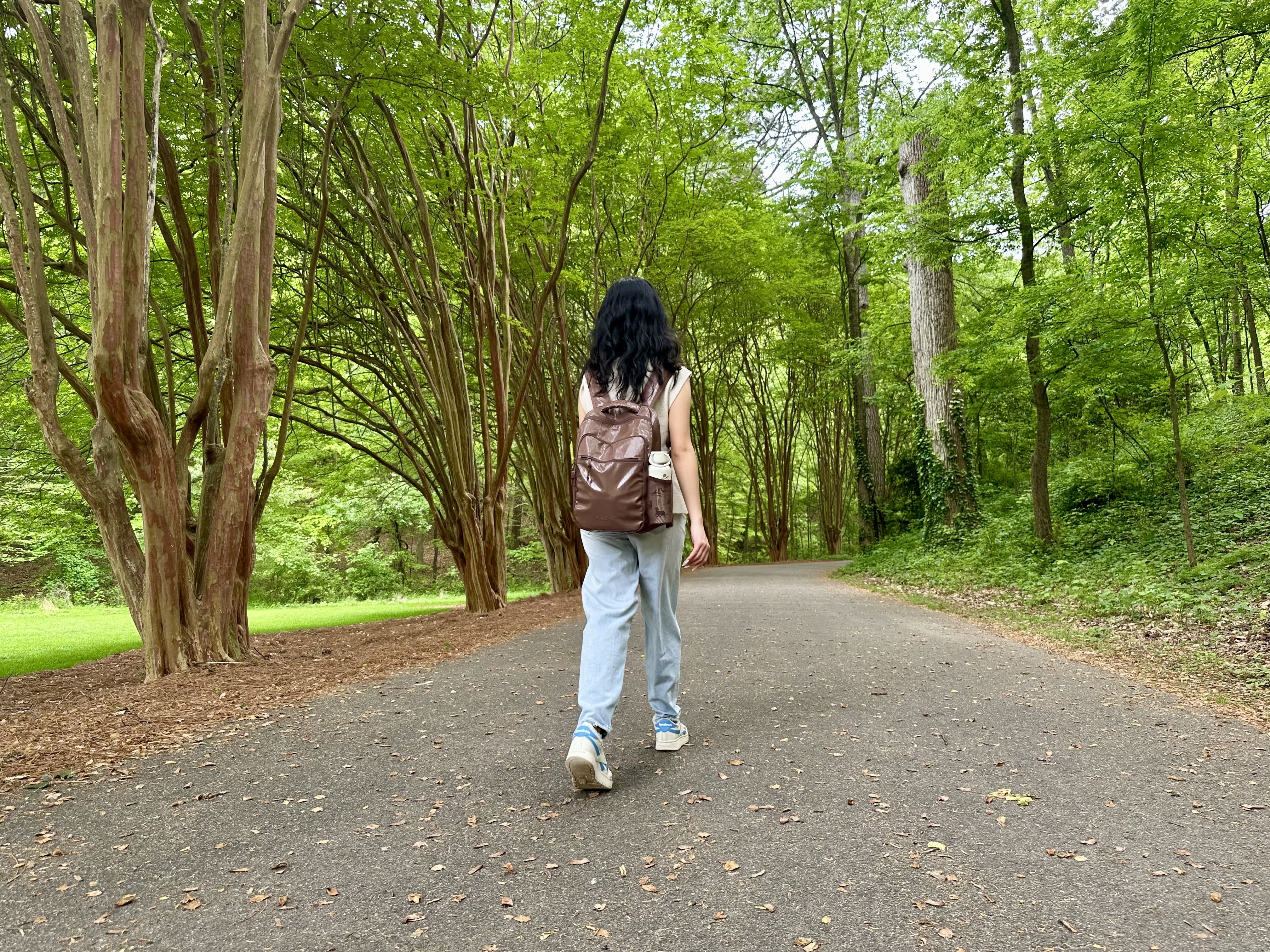
When leaving her apartment, Mel Faaroon sometimes takes the long way to class. For her, that’s a walk through Lullwater Nature Preserve, the sprawling, 185-acre greenspace connecting the Clifton corridor and Emory’s Clairmont Campus.
“It’s nice to just be in tune with my movement,” Faaroon, a senior business major, says of the walks. “I love green spaces. Now that it’s spring, everything is super lush and vibrant, and I’ve been able to spot some colorful flowers and trees.”
In times of stress, Faaroon likes to recharge with walks through the Lullwater Nature Preserve. "My surroundings very much impact how I feel," she says.
In times of stress, Faaroon likes to recharge with walks through the Lullwater Nature Preserve. "My surroundings very much impact how I feel," she says.
Bergquist also takes frequent walks through Lullwater. She recommends visiting the preserve, or any space with ample greenery, as often as possible.
She calls this suggestion a “nature prescription,” a five-step process that encourages attention to the senses and immersion in the present moment.
“Nature is a really important connection for us as humans within the health care space,” she says. “Spending time in nature can improve mental well-being and reduce the risk of chronic disease.”
She suggests being outdoors for two-and-a-half hours, at a minimum, every week.

Photo courtesy Sharon Bergquist
Photo courtesy Sharon Bergquist
Sharon Bergquist's nature prescription
Go to your favorite nature location and focus on:
Five things you can see
Four things you can hear
Three things you can feel
Two things you can smell
One thing you can taste
Faaroon, originally from Thailand and a practicing Buddhist, says she tries to manage end-of-the-semester stress by finding quiet spaces to study and recharging with nature walks or gatherings with friends. These habits, she says, keep her from feeling “too high or too low. One teaching in Buddhism is the middle path, not focusing on extremes.”
“My surroundings very much impact how I feel — and my brain and my ability to study,” she explains. “It’s good to be conscious of where you put yourself in times of stress, like finals week.”
Living Mandala Garden

Sraman’s favorite place to meditate, or simply to take a break, is the Living Mandala Garden, located between Cannon Chapel and the Quad.
The garden was established in 2012 to express the interconnection of nature, spirituality, art and community on the Emory campus. It is an extension of the dharmic tradition of mandala making, which is associated with the act of meditation.
“It has beautiful flowers, and it’s a great place to reflect on the interconnectedness of nature and life,” Sraman says.
"Choose your practice of mindfulness and think about where you will be," Sraman recommends to students ahead of finals week. He enjoys meditating in the Living Mandala Garden.
"Choose your practice of mindfulness and think about where you will be," Sraman recommends to students ahead of finals week. He enjoys meditating in the Living Mandala Garden.
When students ask him how to meditate, or even achieve a calm state of mind, he instructs them to focus on their breath to connect with “the lived reality of being alive and the experience of paying attention to your body.”
He’s realistic, though, about how far this practice can take you. He says it won’t solve everything, but it can be an effective tool to reset your mind in trying times: “If you’re feeling too hot, you have a cold drink,” he explains.
It’s healthy and necessary to encounter moderate levels of stress, Bergquist says, to help strengthen the capacity to handle life’s inevitable obstacles. Stress is only beneficial, she adds, when it’s not permanent.
“Our growth happens in the recovery,” she explains, “where we build pathways in our brain that help us handle the same stress better in the future.”
Prayer and Meditation Rooms

Each Thursday, Sahra Omar stops by a few of the 12 rooms across the Emory campus reserved specifically for moments of quiet. She makes sure the rooms are clean, that the prayer mats are neatly folded and the meditation cushions are fluffed and uniformly lining the walls.
The Office of Religious and Spiritual Life (ORSL) cares for these spaces, which are prayer and meditation rooms for Emory’s religious communities and are also open to anyone seeking a simple moment of contemplation or rejuvenation.
Omar, a sophomore studying international politics and economics, is an ORSL student worker and a caretaker of the rooms. She was drawn to the position because, as a practicing Muslim, she prays five times a day and uses the rooms often.
As an ORSL student worker, Omar keeps the prayer and meditation rooms stocked and tidy — and ensures books from many faith traditions are available for visitors.
As an ORSL student worker, Omar keeps the prayer and meditation rooms stocked and tidy — and ensures books from many faith traditions are available for visitors.
For her, daily prayers are a centering practice that provide peace and perspective.
“It gives me time to reflect on my day, and the rooms offer a moment of stillness in high-stress academic times,” she says. “For me, it’s necessary to have that mental reset during the day where it’s just me and the prayer room.”
Kyria Santa uses the rooms for nonreligious meditation.
“I see meditation as a way to decompress, get to know myself and take time out of this busy world where everything is trying to grab my attention,” says Santa, a graduate student at Rollins School of Public Health who is working to start a new club for secular students at Emory.
“I think the value [of contemplative spaces] for students is knowing that they have the option to take care of their spiritual and emotional needs,” Omar says. “It’s not like something they have to go around looking for. They can access it whenever they want to, and that in itself is comforting.”
Prayer and meditation rooms across campus
Alumni Memorial University Center (AMUC)
Prayer Room and Meditation Room, OSRL Office, Suite 125
Candler School of Theology
Wesley Teaching Chapel
Goizueta Business School
Prayer and Meditation Room, Room 431
Rollins School of Public Health
Prayer Room and Meditation Room, Claudia Nance Rollins Building, Room 1020
School of Medicine
Prayer and Meditation Room, James B. Williams Medical Education Building, Room A151
School of Law
Prayer and Meditation Room, Room G126
Woodruff Health Sciences Center Library
Wellness Room, Room B69
Health Sciences Research Building II
Prayer and Meditation Room, Room N129
Emory University Hospital
Emory Hospital Chapel, Second Floor, Room C201
Robert W. Woodruff Library
Prayer and Meditation Room, Room 125
Nell Hodgson Woodruff School of Nursing
Prayer, Meditation and Wellness Room, 1520 Clifton Building, Room P12A
Nell Hodgson Woodruff School of Nursing
Nursing Learning Center, Hines Wellness Room, Room 265
A string of beads, or a misbaha, is often used with Islamic prayers. It is one of many religious accessories available in the prayer and meditation rooms.
A string of beads, or a misbaha, is often used with Islamic prayers. It is one of many religious accessories available in the prayer and meditation rooms.
Hearn Nature Trail

The mouth of the Hearn Nature Trail opens just behind the gymnasium on the Oxford College campus and extends about a mile into the surrounding woodlands.
Its rich biodiversity and beautiful scenery have inspired Michael Martin, Oxford associate teaching professor of biology, to incorporate the trail into his courses, usually for tree identification. He enjoys introducing students to the tulip trees, white oaks, sweetgums and hickories that tower over its walkways.
As the faculty leader of Oxford’s Tree Advisory Committee, Martin has also led students in removing invasive species from the trail. He wants it to be healthy for its own sake — but also for students, faculty and staff looking for respite.
“It provides an opportunity to escape and step outside of yourself for just a bit,” he says. “It’s quieter among the trees of the trail and you can usually count on being alone, if that’s what you’d like. The sounds of nature can be a helpful distraction from your own thoughts too — bird calls, the wind, rustling in the leaf litter.
“In addition to being with trees and other organisms,” he adds, “people can also be together with friends on the trail.”
During stressful times, Martin says simply observing the world around him can be a restorative act.
“As a biologist,” he explains, “I can’t help but think of the names of the plants and animals that I encounter, and I have to take note of what’s going on in that organism’s life: ‘Oh, the hooded warblers are back; looks like it’s time for the redbuds to flower; the dogwoods might start soon.’ It’s a nice chance for me to step outside my own worries and thoughts and think about how things are going in the wider world around me.”
The Serenity Circle in the Hearn Nature Trail is one of Martin's favorite quiet spaces on the Oxford campus.
The Serenity Circle in the Hearn Nature Trail is one of Martin's favorite quiet spaces on the Oxford campus.
Martin shares his love for the trail with students, helping them identify trees for class and leading nature clean-ups. (Photos courtesy of Michael Martin)
Martin shares his love for the trail with students, helping them identify trees for class and leading nature clean-ups. (Photos courtesy of Michael Martin)
Additional Recommendations
“Anywhere there are streams and creeks.”
“I find the sound of running water so therapeutic. Watching the natural movement of water is hypnotizing, if a wind blows and you see little ripples.”
— Sharon Bergquist
Cannon Chapel
“I love the ambiance. It’s dim and moody. I love this specific table next to one of the pianos, and it has a really beautiful lamp. I always turn on that lamp. It’s my spot.”
— Mel Faaroon
Cox Hall computer lab
“It’s a dark atmosphere, but when I’m studying and need a break it’s a great place to take out a book.”
— Kyria Santa
Prayer rooms at Woodruff Library and AMUC
"I often find myself at the prayer rooms in Woodruff Library and AMUC. They offer me a peaceful space to pause, reflect, and reset during busy days."
— Sahra Omar
Serenity Circle, Hearn Nature Trail
“The nature trail is my favorite quiet space, but more specifically, the Serenity Circle offers a nice place to sit down and be away from things.”
— Michael Martin
Shrine Room, Interfaith Center
“The shrine room downstairs in the Interfaith Center is one of my favorites, because it’s very quiet and a nice place to have personal time. And it has the Buddhist altar.” The room also includes Hindu, Jain and Sikh altars.
— Priya Sraman
Story and design by Daniel Christian. Photos by Daniel Christian, except where noted.
To learn more about Emory, please visit:
Emory News Center
Emory University


